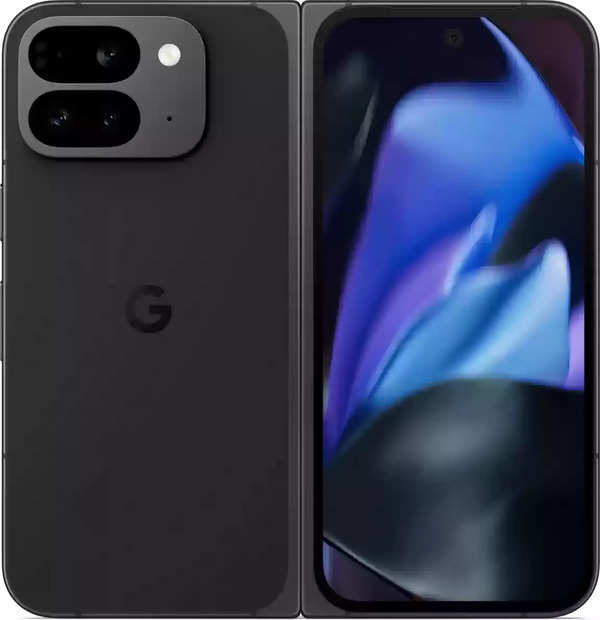- News
- Technology News
- ‘We need tech grounded in real world’
Trending
‘We need tech grounded in real world’

At the event, Snap also launched its own OS for AR developers, who now get to experiment with AR lenses for spectacles to create different use cases – an example Spiegel gave is “the world’s best boxing coach teaching you how to box in your living room”. For Spiegel, computing of the future has to be intuitive and must have people’s relationships with one another at its core. Excerpts from an exclusive chat with TOI on the sidelines of the summit:
How has social media changed since you started Snapchat in 2011?
Snapchat really began as an alternative to social media because Bobby (Murphy) and I wanted something different. What we realised at the time was that there was a lot of pressure about social media. People felt the need to look pretty and perfect, and they only shared a very small percentage of their lives with their friends. Only the moments that looked the best because they were focused on getting likes and comments and things like that. So, we wanted a way that people could express the full range of human emotion, which is so important to friendships and, of course, connecting with family. What certainly remains true today is that people want to have those strong relationships with friends and family that make them happier.
How much does your new AR device, the spectacles you just launched, represent your vision on what communication and social media should be?
What we hope is that it represents a change in the way people will use technology in future. I think today, people are frustrated by the amount of time they’re spending on screens. They feel like screens take them away from their friends or out of the real world, that screens can be a distraction. We’ve spent a lot of time trying to make screens better with things like vertical video or opening to the camera or stories. But at the end of the day, screens are still screens, and we think that there’s a real opportunity to build technology that’s grounded in the real world, that brings people together with their friends and is supported with natural interaction. You don’t have to learn how to use a mouse and a keyboard. You can just interact with digital objects the same way you interact with physical objects. We’ve been working for the last decade to make glasses that allow people to do just that.
Big tech has been experimenting with wearables. Do you believe AR glasses are the device that will eventually kill the smartphone?
I think glasses are complementary to the smartphone. And in fact, one of the reasons why we think glasses are an exciting form factor is that they allow you to use your smartphone at the same time. With VR headsets, you have to take them off to be able to use your phone. Phones are a really important part of people’s lives, and we think that they should interact smoothly and seamlessly with glasses. With the spectacles app, you can use spectator mode to follow along with what a friend’s doing in their spectacles, you can mirror your smartphone screen up into the world so you can watch hands-free. You can use wave guides to project content and computing into the world around you.
How much is news relevant to Snap’s future? Do you think top media brands belong to your platform?
We believe that a healthy and vibrant news ecosystem is essential to a well-functioning society. We spend a lot of time investing in helping publishers find success on Snapchat with things like sharing revenue, so publishers can reinvest in their newsroom, or dynamic stories that make it easy for publishers to republish content that they’ve already sent to the web but want to customise. As we serve a younger demographic, we find that subscription news services are sometimes inaccessible to young people who can’t maybe afford them. But they want that high-quality news on Snapchat, so we’ll continue to invest in helping publishers find success.
How important is India as a market to you?
The creativity of the Indian Snapchat community is something that’s really exciting to me. Some of our most successful AR lenses have been built by Indian creators and it’s so exciting to be a part of a country where there are so many young people. I think today, Snapchat reaches more than 200 million people in India, and it’s still growing. To be able to engage with the Indian community at that scale, and to experience the creativity of Indian creators is something we really enjoy.
The writer was in Los Angeles at the invitation of Snap
End of Article
Latest Mobiles
FOLLOW US ON SOCIAL MEDIA










